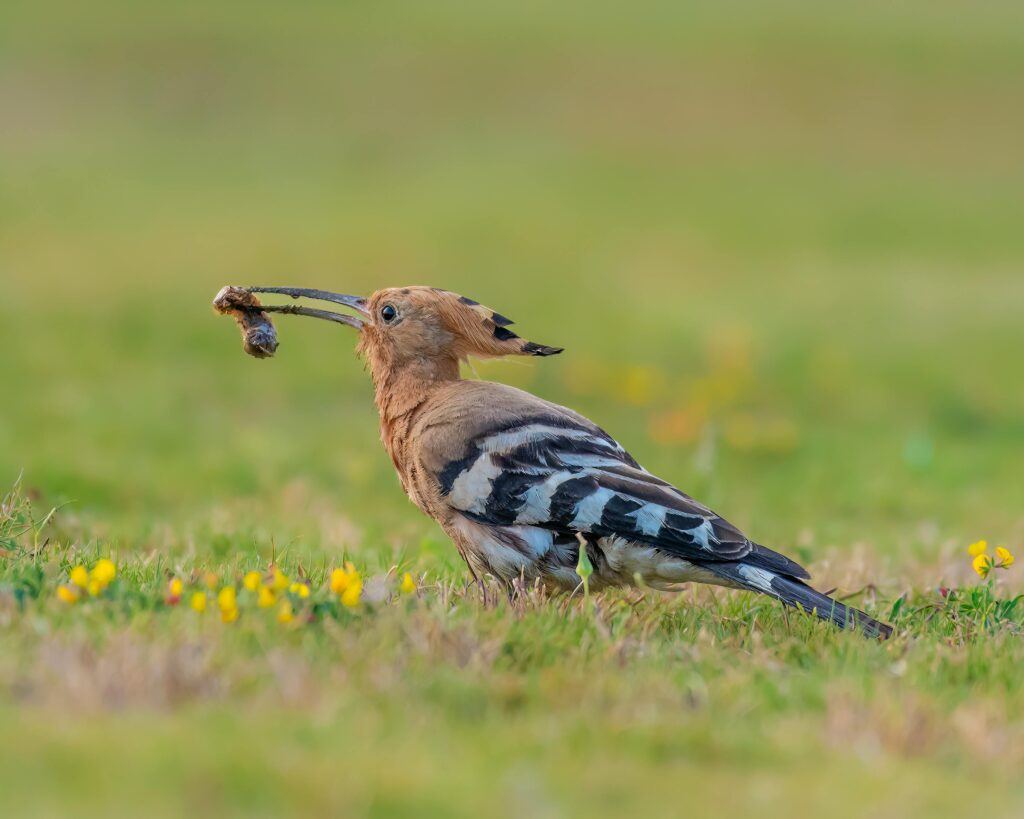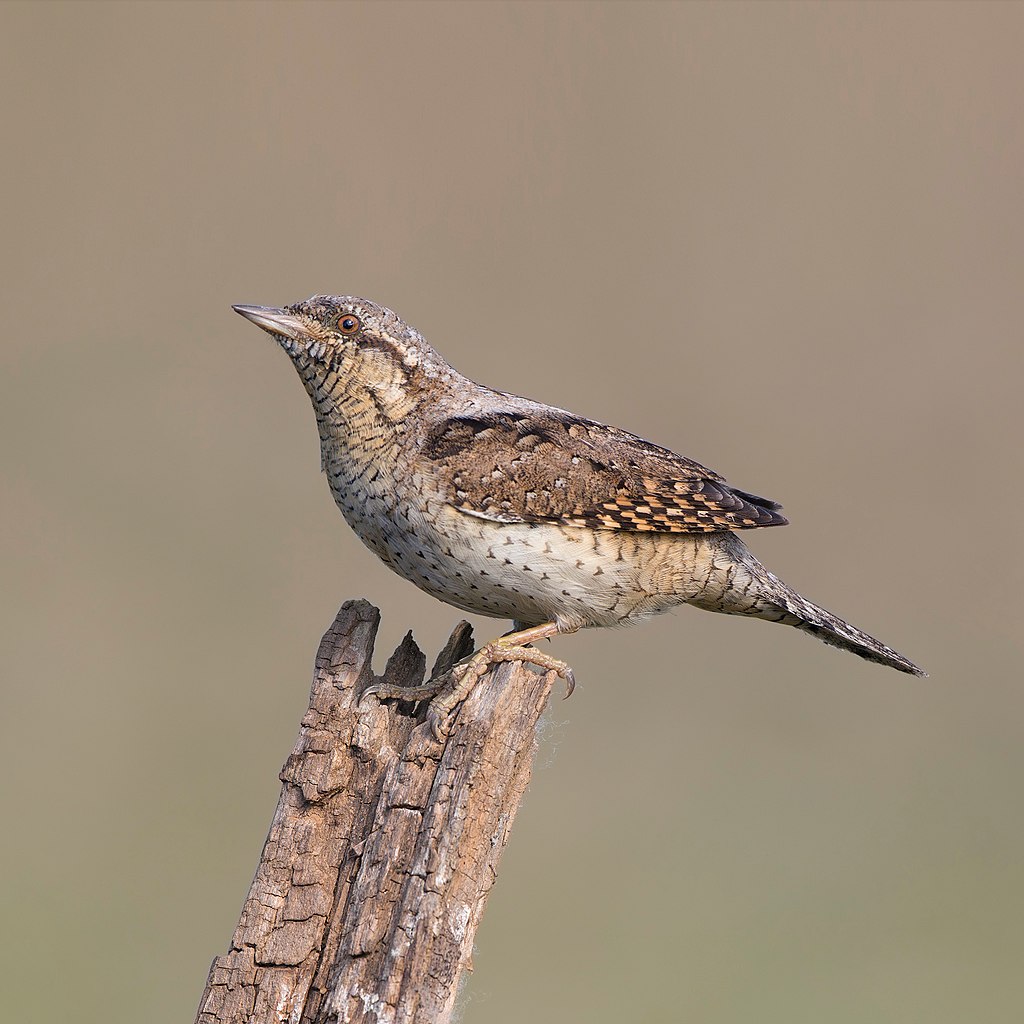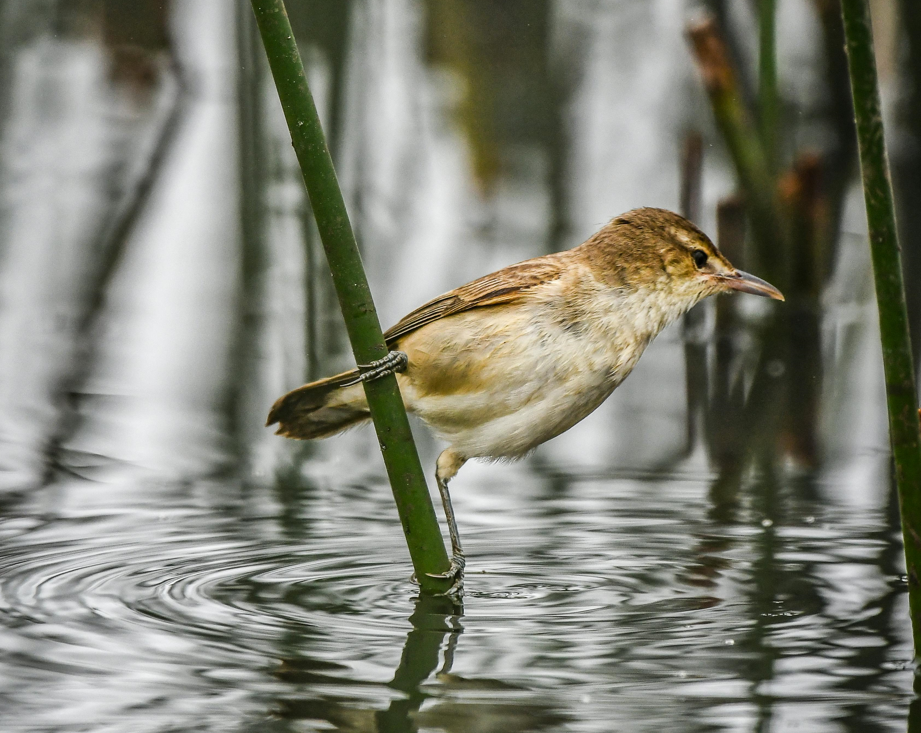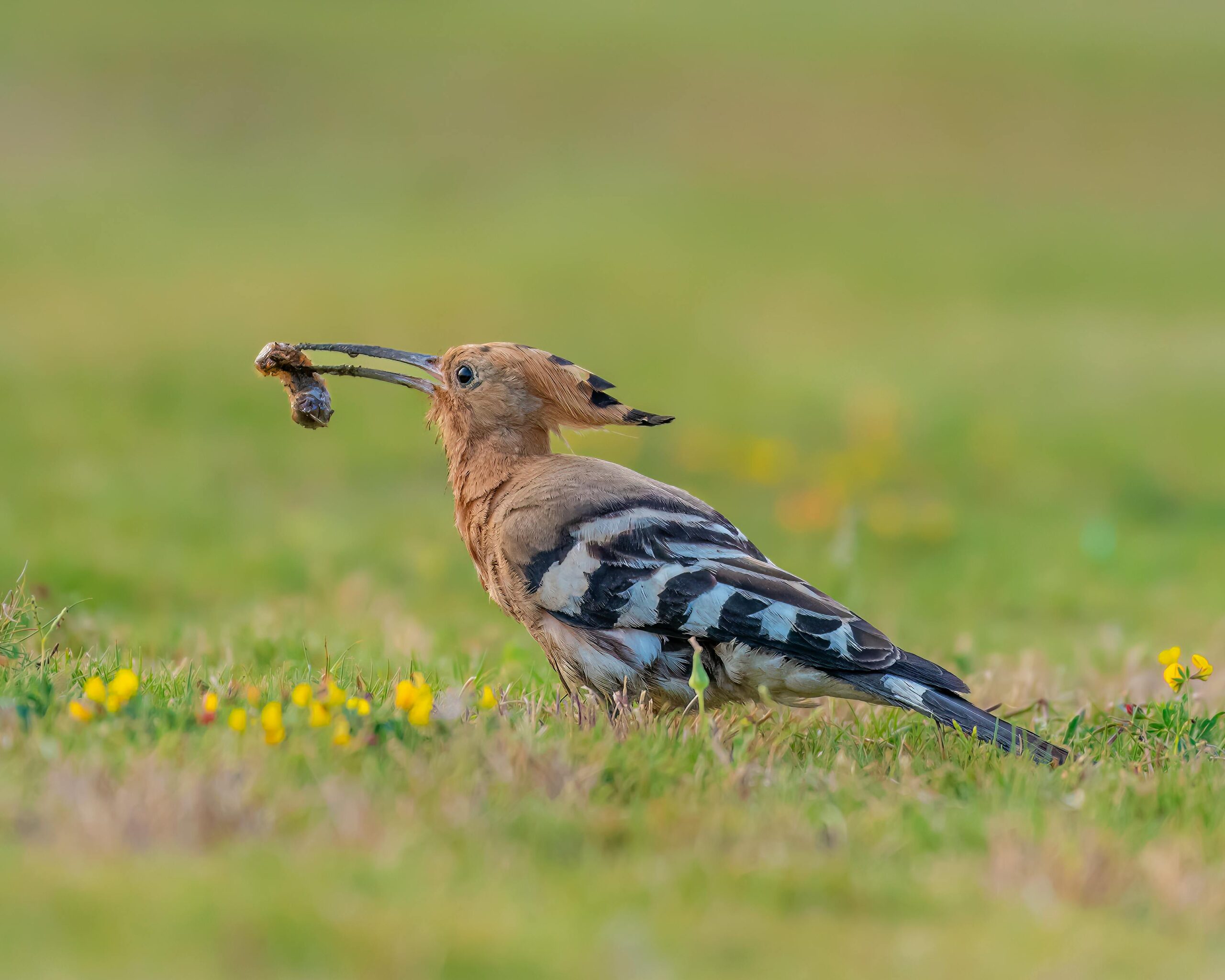The UK is home to a fascinating array of bird species, including some surprising visitors and residents that many people may not associate with its landscapes. Beyond the well-known robins, blackbirds, and sparrows, a hidden world of unusual birds exists, revealing the richness and diversity of British avifauna. From the strikingly vibrant hoopoe to the cryptic wryneck, these rare and elusive species provide a glimpse into the unexpected treasures of UK wildlife. Their presence, whether as regular migrants or accidental visitors, highlights the intricate connections between habitats, climates, and migration patterns that shape the country’s bird populations.
Exploring these lesser-known species offers an opportunity to appreciate not only their beauty but also the delicate ecosystems that sustain them. In this article, we uncover some of the most surprising birds that call the UK home, even if only for part of the year, and explore their unique behaviours, habitats, and conservation stories.

The Enigmatic Hoopoe: A Rare UK Visitor
With its striking orange crest and zebra-striped wings, the hoopoe is one of the most exotic-looking birds to occasionally grace British shores. Native to southern Europe, Asia, and Africa, this bird typically thrives in warm climates, but a few individuals make their way to the UK each year, often during their spring and autumn migrations. These visits are considered rare and exciting, with hoopoes typically spotted in open fields, coastal areas, or even gardens with short grass—environments that mimic their preferred Mediterranean habitats.
The hoopoe’s rarity in the UK adds to its allure, and birdwatchers often eagerly seek out sightings when reports emerge. Its long, curved beak is perfectly adapted for probing into soil for insects and other invertebrates, its primary diet. While sightings are sporadic, they often occur in southern England, where warmer weather provides suitable conditions for this charismatic bird.
Why Hoopoes Occasionally Visit the UK
The occasional presence of hoopoes in the UK is largely influenced by changes in weather patterns and their migratory instincts. In some cases, strong winds or storms may push migrating birds off course, leading them to land in unexpected locations. Similarly, warming climates have increased the range of many bird species, and the hoopoe is no exception. As global temperatures rise, there is a possibility that this species might establish a more regular foothold in the UK.
Hoopoe sightings often evoke a sense of wonder and curiosity, symbolizing how migratory birds transcend geographical boundaries. Observers are encouraged to report sightings to local wildlife organizations, which helps track these rare visitors and contributes to broader conservation efforts.

Little Bustard: A Surprising Grassland Guest
The little bustard is another unexpected visitor to the UK, with its rare appearances sparking excitement among birdwatchers. This medium-sized bird, known for its mottled brown plumage and shy demeanour, is native to southern Europe, Asia, and northern Africa. It typically resides in dry grasslands and farmlands, making the UK an unusual, yet occasional, stop during its migration. While the little bustard’s visits are irregular, they are usually linked to extreme weather events or habitat loss in their traditional ranges.
One of the most striking features of this species is the male’s display during breeding season. With bold black and white markings around its neck, the male performs an elaborate courtship dance to attract a mate. Although such displays are rarely observed in the UK, the little bustard’s presence here underscores the importance of maintaining open, grassland habitats to support migratory birds.
Habitat and Conservation of the Little Bustard
The little bustard faces significant conservation challenges, with habitat loss being one of the primary threats to its survival. Agricultural intensification across Europe has reduced the availability of traditional grasslands, forcing the bird to adapt to alternative environments or undertake longer migrations. In the UK, its presence is often recorded in areas with low-intensity farming, such as parts of East Anglia and southern England.
Efforts to conserve the little bustard focus on preserving and restoring grassland ecosystems. Initiatives such as wildlife-friendly farming practices and the creation of protected areas are critical in ensuring this species continues to thrive. Observers who encounter the little bustard are encouraged to document sightings to assist conservation organizations in tracking its movements and understanding its needs.

The Wryneck: A Bird of Cryptic Behaviours
The wryneck is a fascinating bird, known for its secretive nature and remarkable ability to blend into its surroundings. A member of the woodpecker family, the wryneck’s mottled brown plumage allows it to camouflage perfectly against tree bark, making it difficult to spot even for seasoned birdwatchers. While it was once a breeding species in the UK, habitat loss has led to its local extinction as a resident breeder. Today, the wryneck is seen only during migration, typically in autumn, as it passes through the UK on its way to southern Europe and Africa.
The bird’s name derives from its unique ability to twist its neck in a snake-like manner when threatened, a behaviour designed to startle potential predators. This, combined with its cryptic colouring, makes the wryneck one of the most unusual birds to visit the UK’s woodlands, hedgerows, and coastal areas.
Wryneck Migration and Disguise Tactics
Migration plays a critical role in the wryneck’s life cycle. During spring and autumn, small numbers of wrynecks arrive in the UK, often resting in areas with abundant insects, such as ants, which form the bulk of their diet. Their presence is most frequently recorded along the south coast, particularly in areas like Dorset and Sussex, which serve as important stopover points during their journey.
In addition to their unique neck-twisting behavior, wrynecks have evolved remarkable survival strategies. Their cryptic plumage not only provides excellent camouflage but also helps them remain inconspicuous while feeding or resting. By clinging to tree trunks and blending into their surroundings, they avoid detection by predators and humans alike.
Despite their elusive nature, wryneck sightings are celebrated by bird enthusiasts, offering a glimpse into the intricate adaptations of migratory birds. Conservation efforts aimed at preserving stopover habitats and insect-rich environments are crucial to supporting these rare visitors.

The Rose-Coloured Starling: A Pop of Pink in the UK
The rose-coloured starling is a striking bird that adds an unexpected splash of colour to the UK’s avifauna. With its glossy black head, wings, and tail, contrasted by a soft pink body, this bird is unmistakable. Native to central Asia, it occasionally makes its way to the UK, often as part of a phenomenon known as an irruption, where large numbers of birds travel outside their normal range due to food shortages or changes in environmental conditions.
Although it is closely related to the more common European starling, the rose-coloured starling is significantly rarer in the UK. Sightings often occur during the summer months, with birds typically seen in coastal areas or near fruiting trees and berry bushes, which provide a critical food source during their stay. Their appearance is always a delight, offering a unique opportunity to observe an exotic-looking species in British landscapes.
When and Where to Spot the Rose-Coloured Starling
The rose-coloured starling’s arrival in the UK is unpredictable but is most commonly recorded in late summer and autumn. This period coincides with their dispersal from breeding grounds in eastern Europe and Asia, as they search for abundant food supplies. These birds are often found feeding on berries, fruits, and insects, with reports of flocks appearing in gardens, parks, and orchards.
Notable hotspots for spotting the rose-coloured starling include the southern and eastern coasts of England, as well as parts of Scotland. Observers should keep an eye out for their striking coloration, which makes them stand out among other birds. Their gregarious nature often leads them to join flocks of European starlings, where they can be spotted mingling with their relatives.
Conservationists emphasize the importance of protecting habitats that support migratory species like the rose-coloured starling. Encouraging wildlife-friendly gardening practices and maintaining hedgerows and fruiting trees can create safe stopover points for these birds during their journeys.

The Great Reed Warbler: A Secretive Songbird
The great reed warbler is a remarkable species, known for its loud, melodious song and secretive habits. Typically found in reed beds across Europe, this bird occasionally makes its way to the UK, surprising birdwatchers with its presence. Slightly larger than the more common reed warbler, the great reed warbler is distinguished by its robust body, rich brown plumage, and distinctive vocalizations, which echo across wetlands during the breeding season.
In the UK, sightings of this elusive bird are rare and be prepared to use a long range camera lens. The Reed Warbler is usually limited to areas with extensive reed beds. These habitats provide the dense cover and plentiful insect life that the great reed warbler needs to thrive. Though primarily a visitor during migration, the bird’s presence highlights the ecological significance of Britain’s wetlands, which serve as essential stopover sites for migratory species.
How Great Reed Warblers Thrive in the UK
The survival of the great reed warbler in the UK depends on the availability of suitable wetland habitats. Reed beds, which provide shelter and food for this species, are crucial to their success. Unfortunately, habitat loss due to drainage, pollution, and land development poses significant challenges for wetland birds like the great reed warbler.
Despite these threats, conservation efforts aimed at preserving reed bed ecosystems have proven beneficial. Protected areas such as nature reserves and wetland restoration projects provide safe spaces for visiting birds, encouraging them to return year after year. Birdwatchers hoping to catch a glimpse of the great reed warbler should focus their efforts on reed-fringed lakes and marshes in the southeast of England, where the bird is most likely to appear.
To ensure the continued survival of the great reed warbler and other wetland species, conservationists stress the importance of sustainable water management and the protection of natural habitats. Efforts to restore degraded wetlands not only support wildlife but also enhance biodiversity and climate resilience.
Conclusion: Celebrating the Hidden Wonders of British Birds
The UK’s birdlife is more diverse and surprising than many realize. From the striking hoopoe to the secretive great reed warbler, the presence of these unusual species reveals the rich tapestry of British wildlife. These birds, whether rare visitors or accidental migrants, serve as a reminder of the interconnectedness of ecosystems across the globe. Their journeys highlight the importance of protecting habitats, both locally and internationally, to support the wide variety of avian life that passes through or resides in the UK.
By fostering conservation efforts and raising awareness, we can ensure that these hidden avian gems continue to enchant birdwatchers and nature enthusiasts for generations to come. Whether spotting a rose-coloured starling in your garden or observing a wryneck in a coastal hedge, these moments of connection with nature are invaluable. Exploring and appreciating the unusual birds of the UK not only enriches our understanding of wildlife but also deepens our commitment to preserving it.

